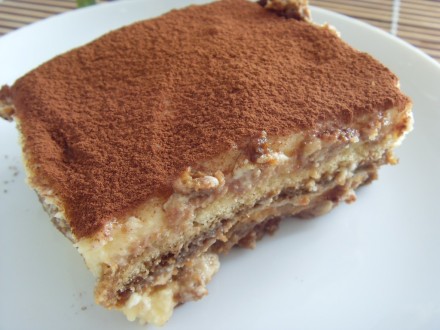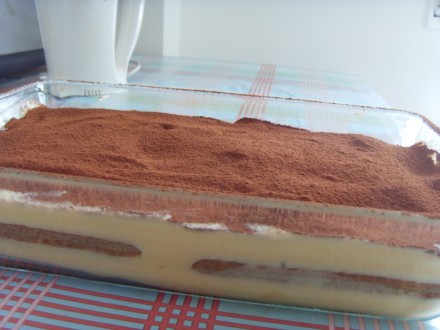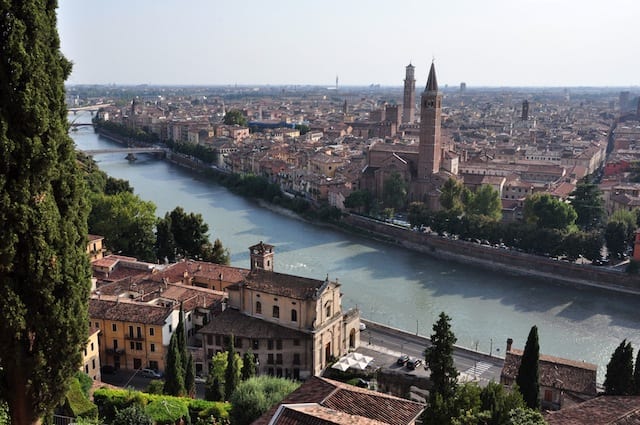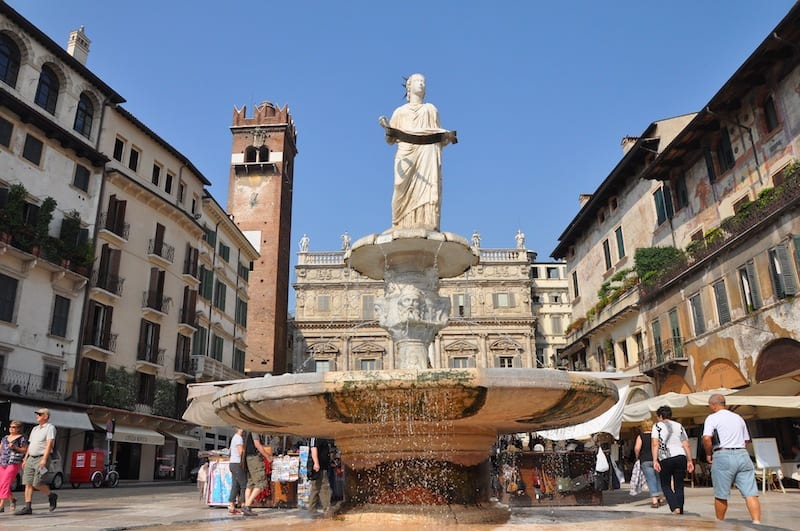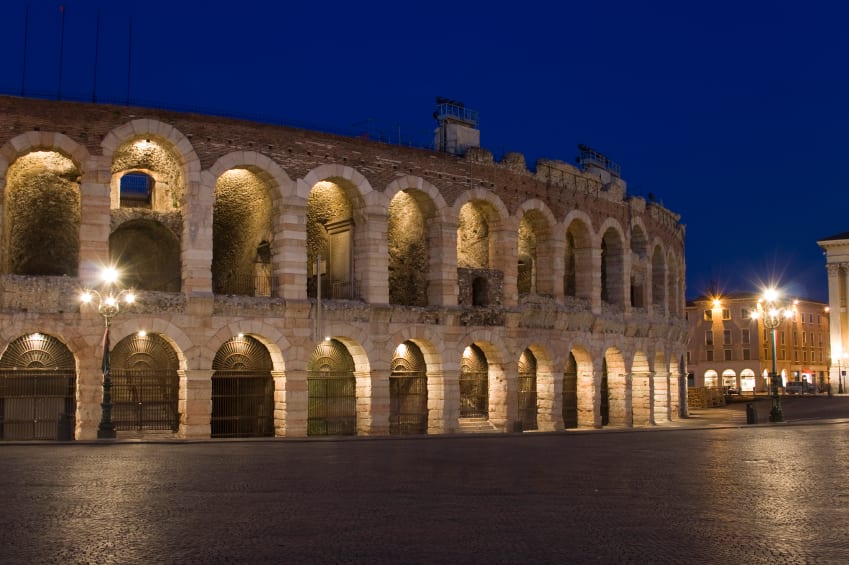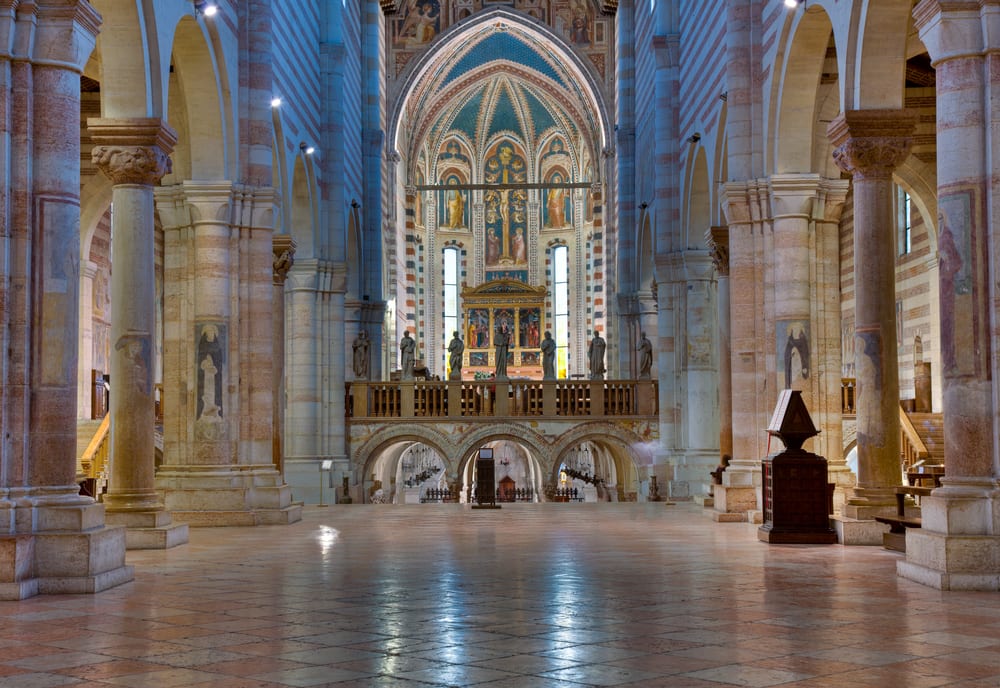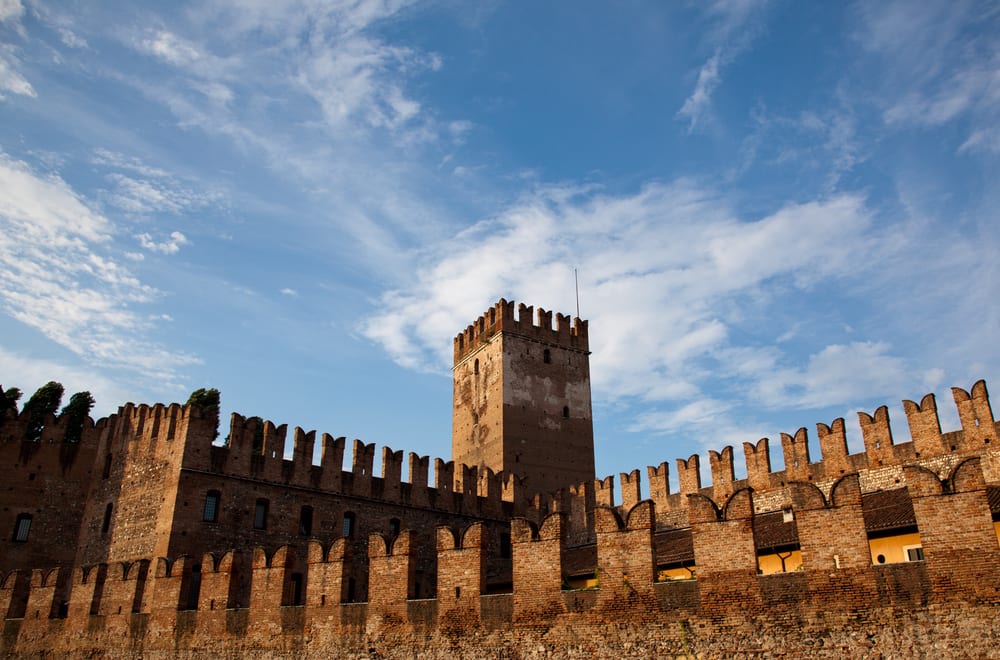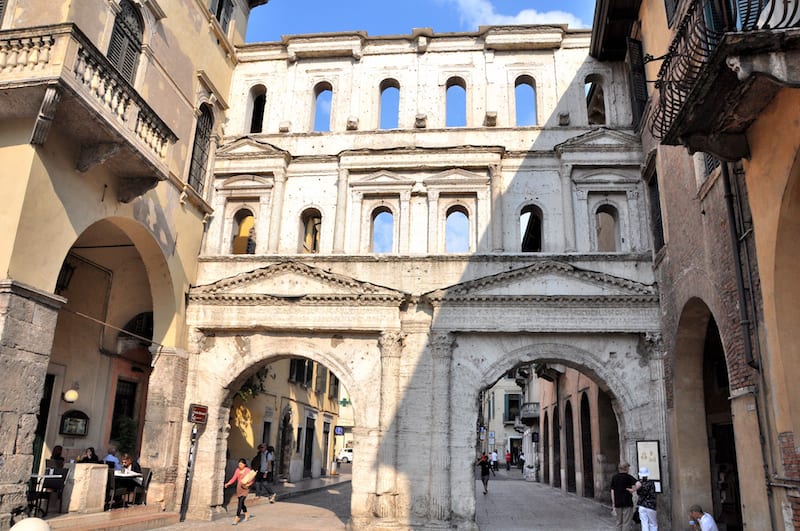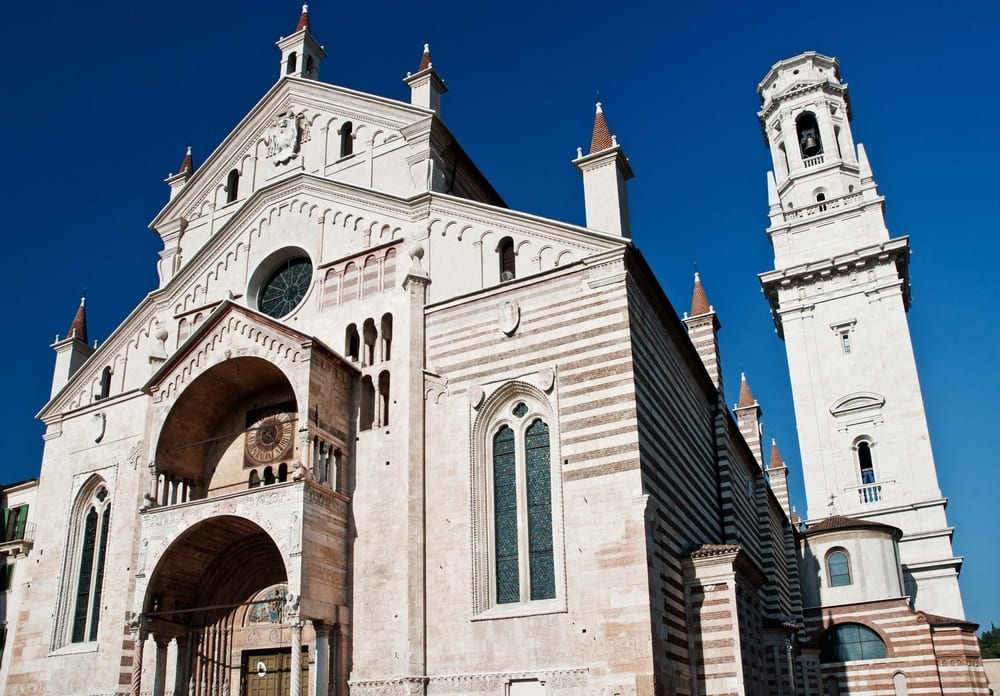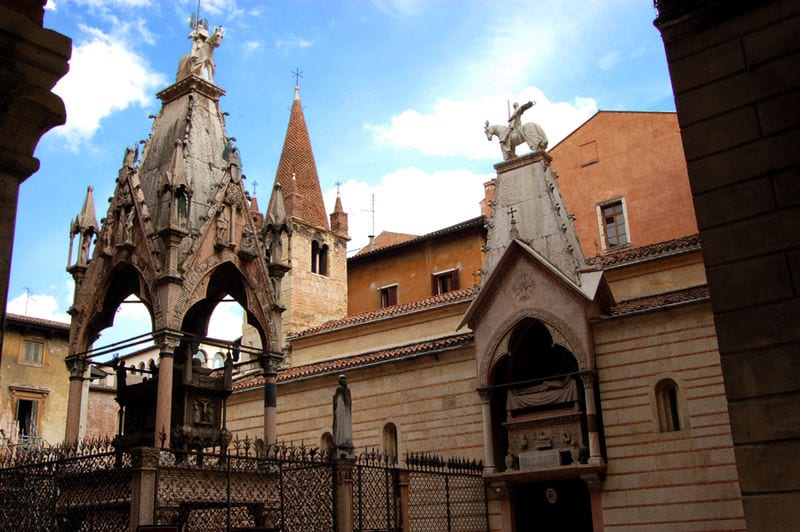Having had the pleasure to eat great food, prepared by many excellent American Chefs, that is considered Italian Cooking in the US, I thought I would list a few dishes you will not find on the menu of most Italian resturants (many a few in the major tourist areas, that cater specifically to American tourist).
Spaghetti with meatballs

A good can of spaghetti and meatballs or spaghetto's were part of my childhood, and Disney's scene in Lady and the Tramp at Luigi's, but they do not exist in Italy.
Italian-American tradition has fuelled the mythology of this combination as a
dish at the base of Italian cuisine, but it is not: there is a sauce with
meatballs (but it’s not eaten with spaghetti) and sometimes small meatballs can found in lasagnas, but, categorically, no Italian
family will welcome you with spaghetti with meatballs for Sunday lunch.
Spaghetti Bolognese

Same as above. The Bolognese sauce – or rather, ragù alla bolognese –
is a typical sauce of the city of Bologna, made with tomato sauce and minced
meat, and to say that it is cooked slowly for hours. A secondary think for the purist: no
Italian would eat the ragù with any type of pasta that was not
tagliatelle or pappardelle or cappelletti. At the most, short pasta tubes or
strozzapreti.
Fettuccine Alfredo

This really is the funniest story of an Italian dish that doesn’t exist in
Italy. One of the most popular condiments in the world has the merit of being
virtually unknown in Italy and suffice it to say that there is not even a
Wikipedia page dedicated to it in Italian. In the English version, however,
the
story of the fettuccine "invented" by Alfredo Di Lelio, a
Roman restaurateur in Via della Scrofa.
In Italy seasoning the pasta with butter and Parmesan cheese is allowed: if you have stomach pain, if you are in hospital,
if your fridge is empty or if there’s also sage and you're eating tortellini.
Pepperoni Pizza

If you go to out to eat in Italy and ask for a Pepperoni Pizza you will get a pizza with peppers, because the
word Pepperoni in Italian sounds almost the same as the word “peperoni” (peppers). In Italy there is no type of
salame called pepperoni. If you want
pepperoni pizza ask for it with salame picanti, alla diavola (devilled).
Marinara Sauce

What’s commonly called marinara sauce in the states in Italy is the
generic tomato sauce that is the base for pizza, pasta, etc., but without garlic
or onion or herbs that are not fresh basil. The only marinara I have come across in Italy is
the Pizza Marinara, originally from Naples, topped with tomato, garlic, oregano and olive oil, NO MOZZARELLA. (Note: For Italian cooking it is taboo to use oregano in tomato sauce).
Neapolitan sauce

No one in Italy knows what Neapolitan sauce is. In Italy there may be
different variants that depend on regional or family traditions (with or without
garlic, with or without onions, with or without carrots, with a pinch of sugar
to counter acidity, etc.) but tomato sauce is and is called simply
"salsa" or "sugo" depending on whether you're north or south of
Rome.
Garlic Bread

An Italian restaurant will ever
serve you garlic bread nor will you find in any bakery: try instead asking for a
bruschetta as an appetiser topped with fresh chopped tomatoes,
or bruschetta rubbed with garlic and extra virgin olive oil.
Carbonara
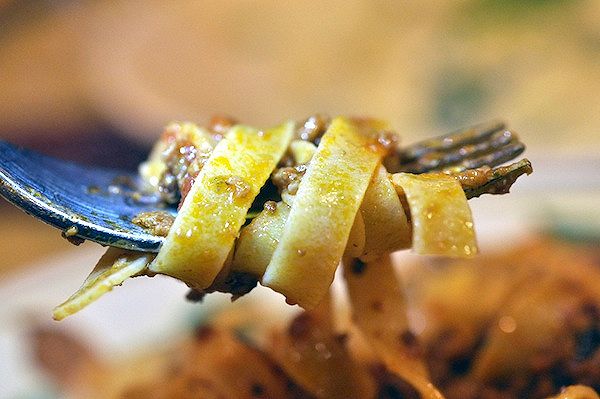
Kathy at Chef on Bike web site has ruled that if your chef prepares you
a carbonara with pancetta (bacon) instead of guanciale (cheek lard) you should
leave her. Italian's would add: if your chef prepares you a carbonara with cream,
leave him. If your chef prepares you a carbonara with garlic, leave
him. If your chef prepares you a carbonara with yoghurt, leave him. If
your chef prepares you a carbonara with parsley, leave him. If then your chef prepares you a carbonara with onions, leave him. And all this even if
he’s
called Jamie Oliver. And if your chef buys a jar of
ready-to-use carbonara sauce, it would be better to just head over to McDonalds.
Italian wedding soup

Here we are: it is tradition in Campania at Christmas or Easter to make
a soup with green vegetables and meat, especially pork. But don’t try to ask for
it out of season or in a restaurant in Rome or Venice, they’ll give you a terrible
look. And above all, if you really must, order it in Italian, that is
Minestra Maritata, which is the translation in
Italian/Neapolitan for wedding soup or, better, married soup.
Pasta with chicken

Chicken is not a condiment. Pasta is not a side dish. End of
discussion.
Chicken or veal parmigiana

Parmigiana is made with eggplant, tomato, caciocavallo cheese, basil. No
chicken or veal. At best, in some parts of Italy, they alternate with layers of
eggplant with ham or beaten eggs, just to make it even more digestible.
Pesto

Pesto is only used to dress pasta (especially spaghetti or trofie – for
the purists only, trenette), gnocchi and make lasagna with béchamel sauce. And
the only really Ligurian addition that you can make is to put a potato cut into
cubes and greens beans into boiling water and cook them together with the
spaghetti. Be wary of those who use it to dress salads, bruschetta, chicken or
anything else.
Italian dressing

Salad is dressed with: extra virgin olive oil, salt and vinegar, or
extra virgin olive oil, salt and balsamic vinegar, or extra virgin olive oil,
salt and lemon. Any other dressing is not Italian.
Parmesan

Don’t use it to top the pizza that you have ordered in the restaurant
(the pizza maker has already taken care of your pizza) and above all, never use
it on fish-based pasta dishes.
